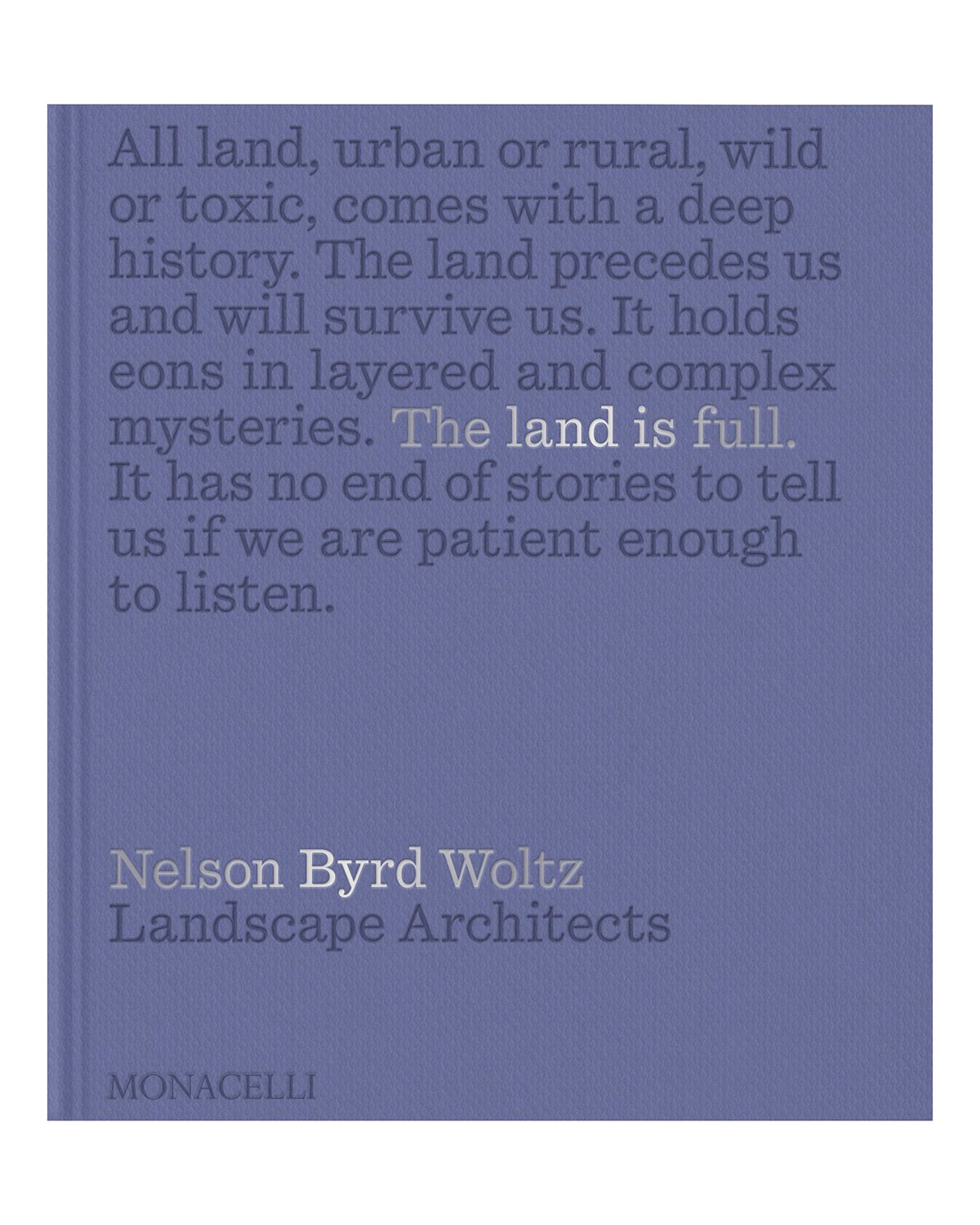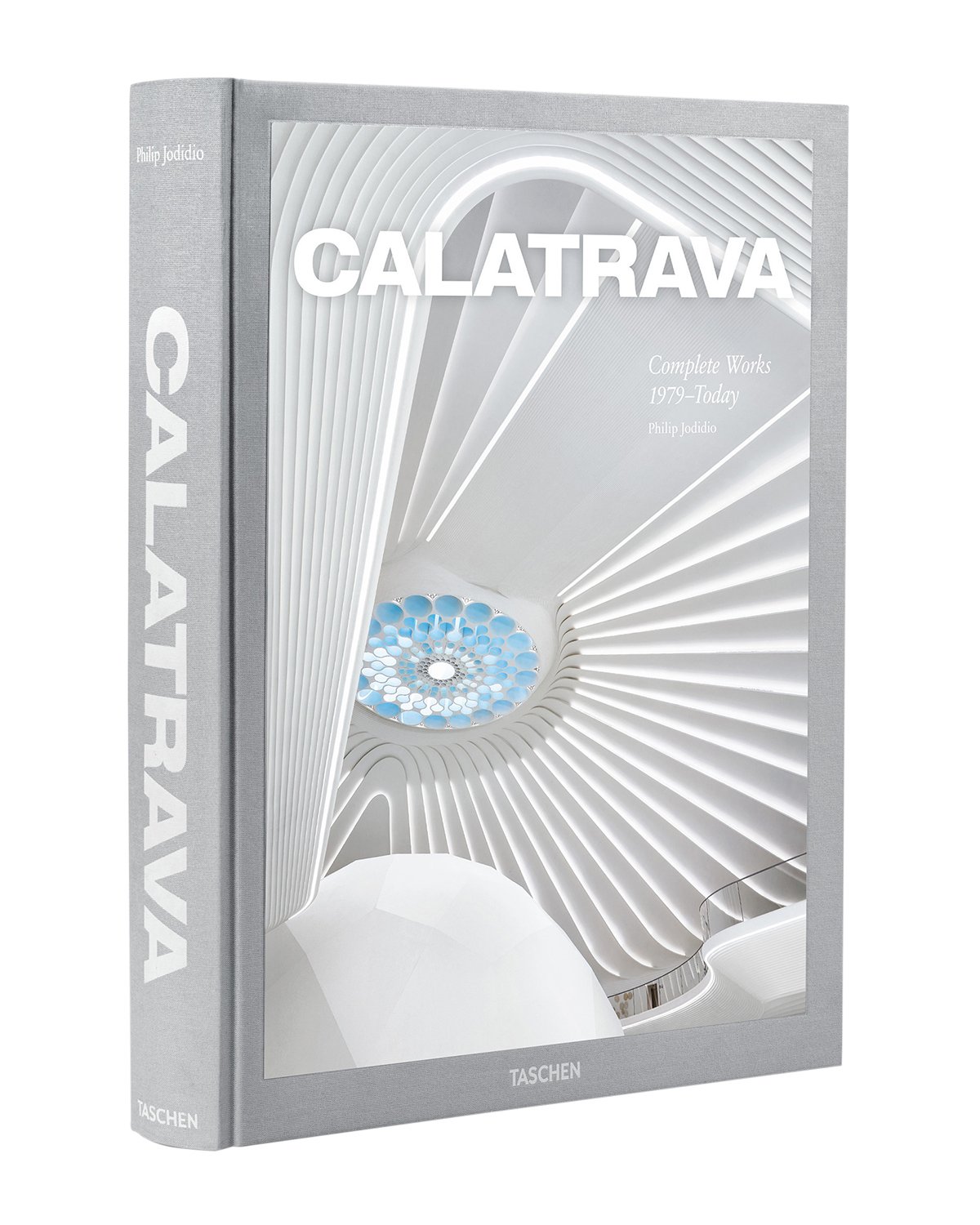
1
100 Women: Architects in Practice

Described as a “sample, and not an exhaustive survey” of the world’s female architects, this volume showcases the built works for which these women are best known, as well as their social impact on a male-dominated field. The book is organized geographically, seeking to bring light to regions long overlooked in the Eurocentric architectural canon. “While most of us can name more household products than we can women architects, this book also features women from countries and regions where most of us can’t name a male architect, either,” the authors (Harriet Harriss, Naomi House, Monika Parrinder and Tom Ravenscroft) write in their preface. Alongside profiles on established talents like Mariam Issoufou Kamara, Tatiana Bilbao and Liz Diller (and a foreword by Alison Brooks), the book spotlights lesser-known practitioners like Kenyan architect Tatu Gatere, whose social enterprise company Buildher helps local young women gain accredited construction skills — and, by extension, agency in shaping the future of their cities.
2
The Land Is Full: Nelson Byrd Woltz Landscape Architects

“As landscape architects, when we first approach any site, it is with a simple act of grace: We ask its story and then begin to find the imprints left by the forces that have shaped it over time,” writes Thomas Woltz in his introductory essay to this monograph. Indeed, the work of Nelson Byrd Woltz, the practice of which he is the senior principal and owner, seeks to counter the concept of land as a tabula rasa or generic green space. This philosophy is ever-present in the firm’s body of work — as demonstrated through project case studies throughout this book, from the Brooklyn Naval Cemetery to Edmonton’s Aga Khan Garden — which embraces a research-based approach that considers both ecology and culture to create a profound sense of place.
3
Calatrava: Complete Works 1979–Today

The sculptural buildings of world-renowned Spanish architect Santiago Calatrava can be described as larger than life. The size of this monograph (which measures 30.7 by 39.1 centimetres and weighs a whopping 7.4 kilograms) is an appropriate indicator of this quality, but also of the breadth of his portfolio. The introduction by author Philip Jodidio gives an overview of Calatrava’s four-decade career and varied design influences, plus a short Q and A with the architect about recent works such as the pavilions of the United Arab Emirates and Qatar at Expo 2020 Dubai and a monumental sculpture in Chicago. Full-bleed photography and original watercolour sketches bring the projects to life, highlighting their organic forms and illustrating the blend of art and technology that defines his oeuvre. A limited-run art edition — signed by the architect himself — includes two lithographs by Calatrava and a custom box.
3 Monographs That Spotlight the People Behind the Project
Three titles explore the contributions of key players in architecture and design.
